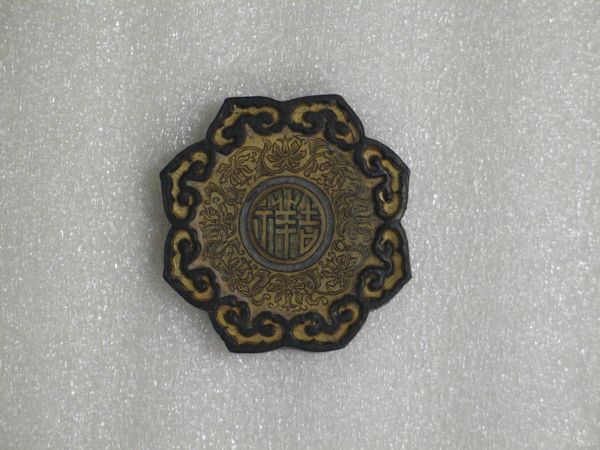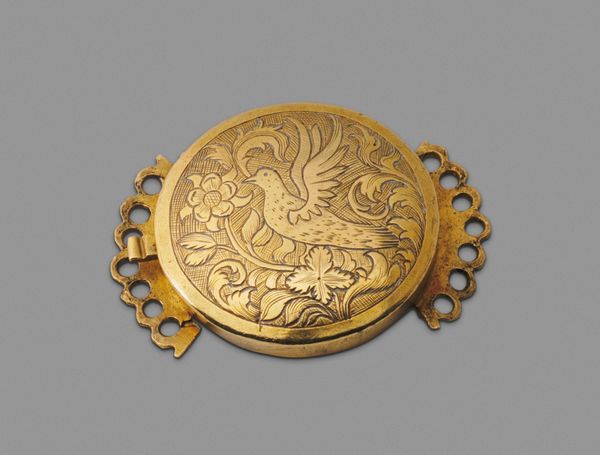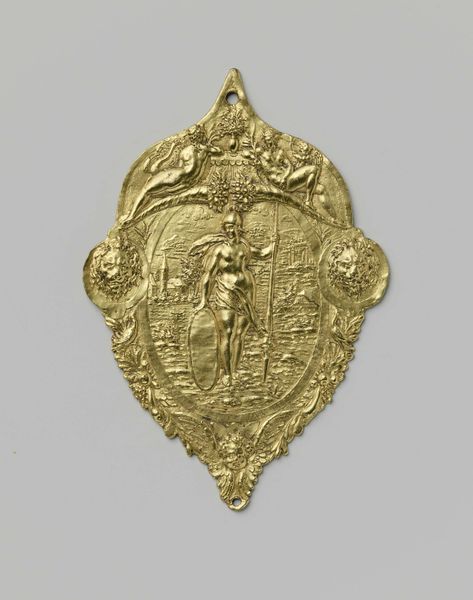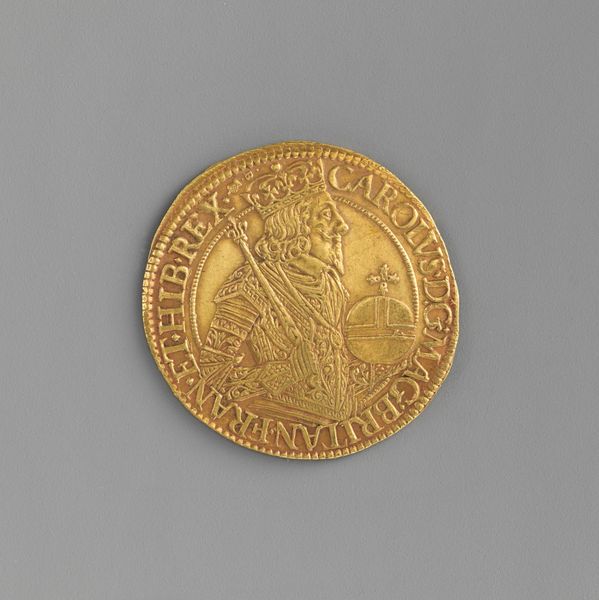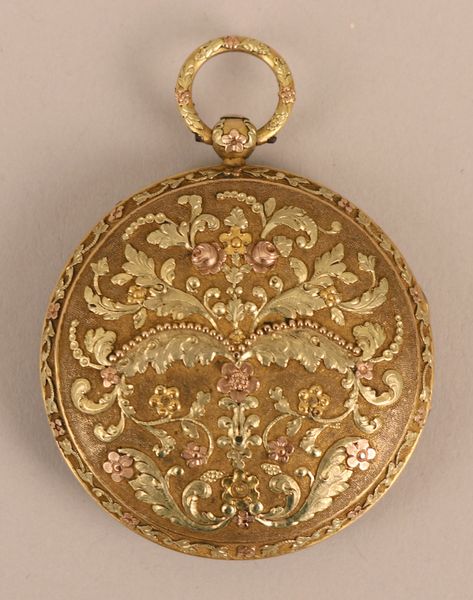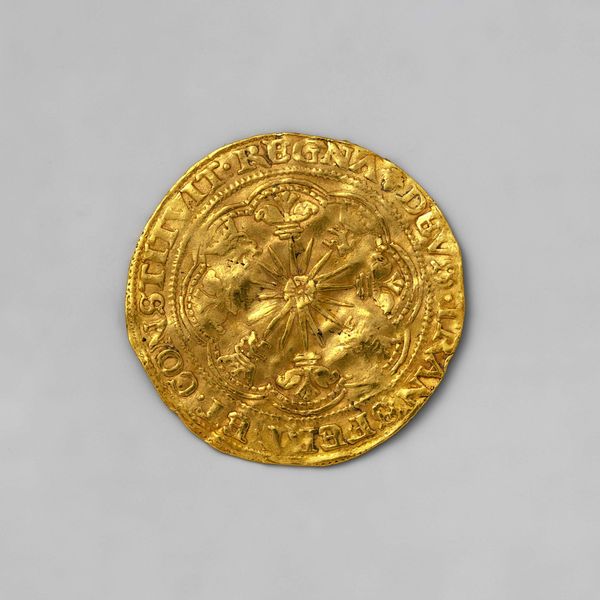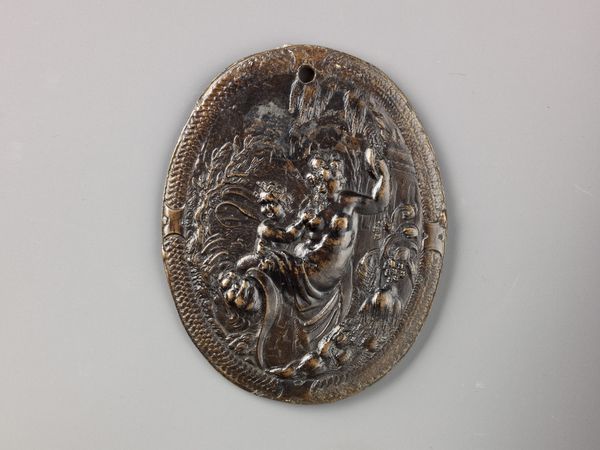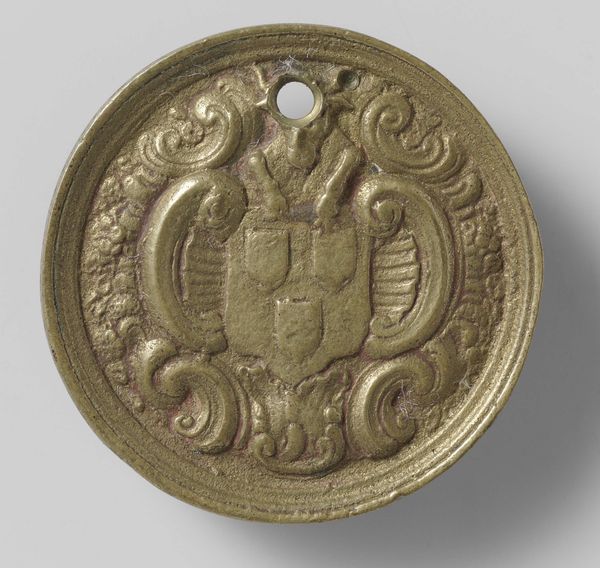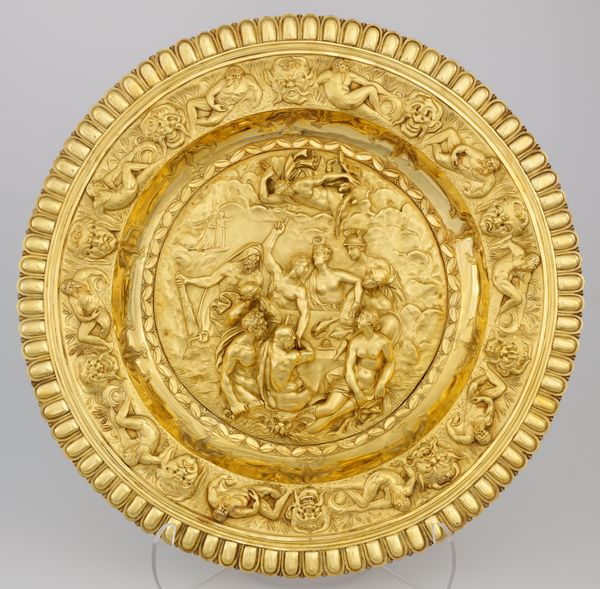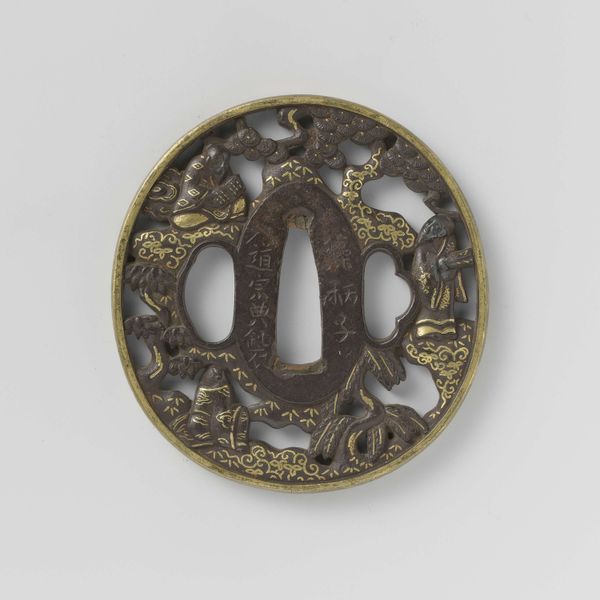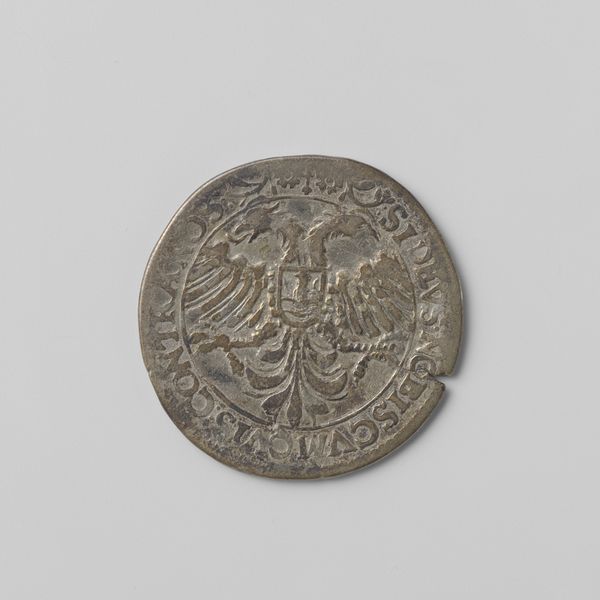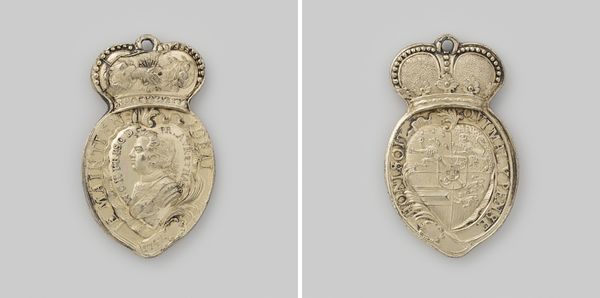
Dimensions: 3.2 × 1.9 cm (1 1/4 × 3/4 in.)
Copyright: Public Domain
Curator: Here we have a delicate locket crafted between 1766 and 1776. It resides here at The Art Institute of Chicago, offering a glimpse into the fashion and sentimentality of the late 18th century. Editor: First impressions? I see sunlight solidified! This little piece shimmers with such gentle, insistent joy, doesn’t it? Makes me think of secret smiles and whispers. Curator: Indeed. Locklets like these served not only as ornamentation, but were potent signifiers of allegiance, status, and memory, popular among aristocratic and wealthy mercantile classes during the Rococo period. Editor: Look at that floral etching! Almost playful. And the metalwork itself feels lighter than air. I wonder what stories it holds… or rather, whose stories. Curator: Lockets often contained miniature portraits, locks of hair, or other mementos. Think about it within the social framework of the period. Family lineage, romantic connections… visible displays of wealth and belonging were powerful tools. The symbolism, you see, conveyed specific messages about the wearer's identity and social standing. Editor: Right, everything had to *mean* something back then. Still, beyond the societal chess game, there’s something very human about wanting to hold onto a piece of someone, physically. This becomes almost a sacred object then. Curator: Precisely. Jewelry served as an essential vehicle for encoding messages within the language of adornment, shaping dialogues around identity, value, and memory. A powerful artifact. Editor: It certainly is. Thanks to our modern perspective we still appreciate it in its historical context and we can even superimpose it on our lives, which might make this even more timeless. Curator: Exactly. Objects of personal adornment, such as this, remain deeply resonant. Editor: A glinting little secret, holding stories for centuries, almost ethereal.
Comments
No comments
Be the first to comment and join the conversation on the ultimate creative platform.
